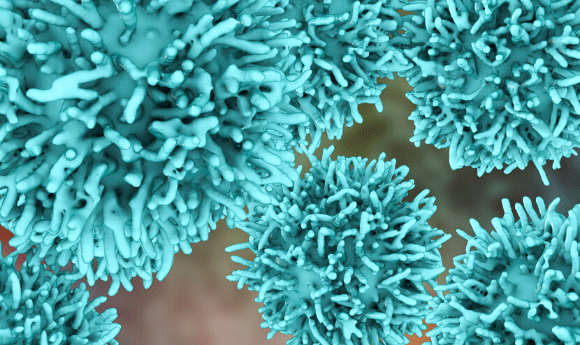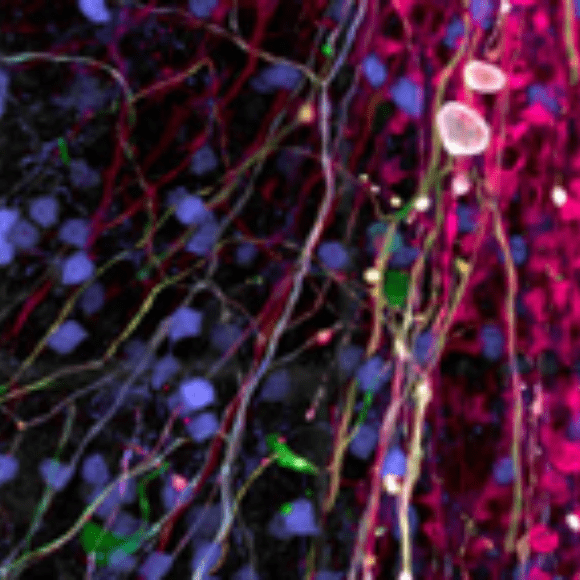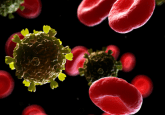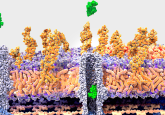Multicellular tumor spheroids: upping the odds for cancer therapeutics?

Refer a colleague
New study maps out the use and analysis of multicellular tumor spheroids for improved preclinical cancer drug studies.
A recent study from a team of researchers at the University of Pittsburgh (PA, USA), led by Paul Johnston, has demonstrated the improvements that can be gained from integrating multicellular tumor spheroids (MCTSs), alongside an updated method of assessing drug response, into cancer drug screening studies.
The probability of success for an oncology clinical trial is currently below 3.4%. This is due, in part, to the low levels of representativity in preclinical screening models, such as 2D cell cultures or animal models. MCTSs and other 3D models provide in vitro systems that are far more representative of the in vivo environments in which oncological drugs will act.
A second set of factors affecting the probability of translation from preclinical success to clinical success are the parameters by which drug response is measured in model cultures.
With these details in mind, the team set out to develop head and neck squamous cell carcinoma (HNSCC) MCTSs and an updated set of techniques for analyzing the efficacy of drugs on the models. These techniques involved using metabolic viability, imaging methods and dead cell staining analysis to provide the researchers with details on the MCTSs’ growth phenotypes, morphologies and the impact of the drugs.
 ‘Mini brains’ utilized to understand brain miniaturization
‘Mini brains’ utilized to understand brain miniaturization
3D cerebral organoids have been utilized to model cases of cytomegalovirus-induced microcephaly.
Testing 19 different drugs on the HNSCC MCTSs in 384-well U-bottom ultra-low-attachment microtiter plates, the researchers were able to show that, when using viability measurement alone, the study would have underestimated the impact of the drugs on MCTS cultures. The morphology and dead cell staining analysis displayed that a significant impact was inflicted on the cultures by more drugs than were indicated by the viability measurements.
Taking these results further, the team developed a cumulative multiparameter drug impact score in order to classify the drug responses in the spheroids as high, intermediate or low impact tiers.
The remaining viable cells in these cultures may represent populations that have become drug resistant, which could lead to the recurrence of tumors and drug failure.
This study provides a clear framework through which 3D cultures and tumor spheroids can be incorporated into cancer drug screening studies and analyzed to yield the most representative and accurate results, ideally leading to a higher conversion rate from the successful preclinical evaluation of a drug into a clinically approved and applied cancer therapeutic.
Please enter your username and password below, if you are not yet a member of BioTechniques remember you can register for free.





